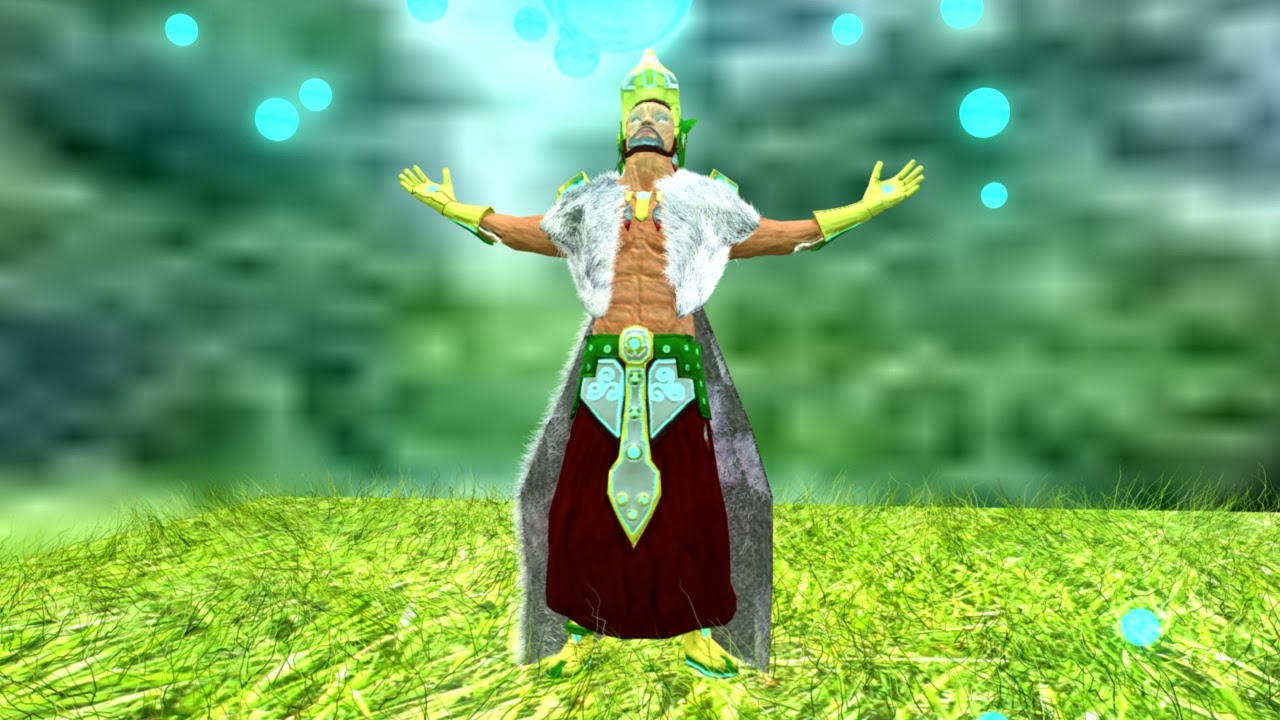Final front look of High poly character
front of low poly character
In my opinion I feel like I have achieved creating a Futuristic and peaceful character meeting up all the requirements such as the texture memory footprint and producing two models one high poly character consisting no more than 10,000 tris and a low character consisting of 2000 tris.
Even though I had filled the requirements I felt that the mapping process of my models could have been a lot better as I am still not happy with them. maybe an ambient occlusion map over the color map may have helped instead of the cavity map.
I also think I had over complicated my mesh resulting in certain errors during the early process which had an effect on my modelling later down the pipeline process.
Here is a link showing my high and low models on a posed turn table.





































